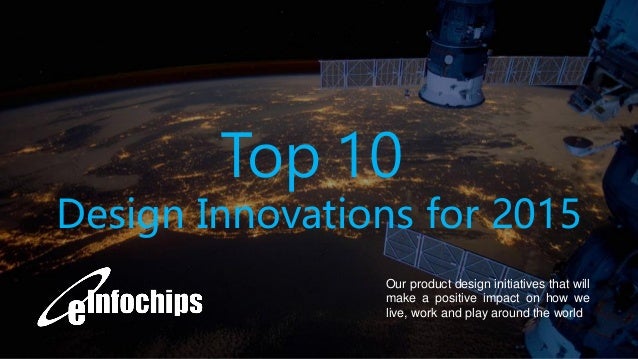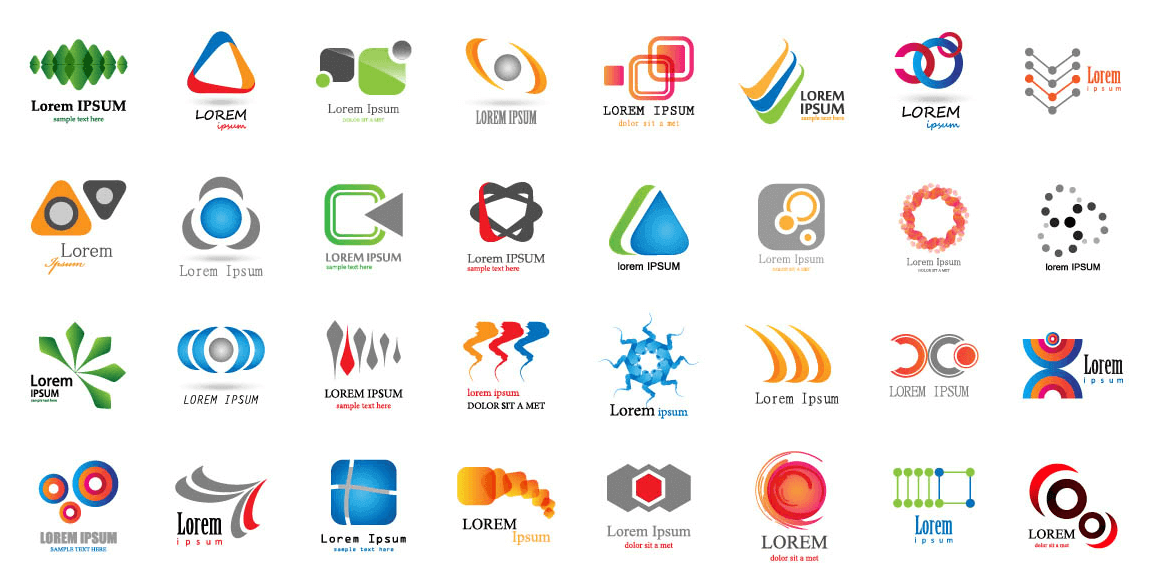Table Of Content
- Stage 4: Prototype—Start to Create Solutions
- 🔁 The Process
- Student Fellow Spotlight: Sadia Rahman on finding her ‘thing’ and her voice as an XR Project Management Fellow
- Learn more about Design Thinking (DT)
- Impact-driven projects that moved us along the way.
- What Is Empathy and Why Is It So Important in Design Thinking?
- Share Knowledge, Get Respect!
- Design Innovation Between Tools and Mindsets

The first step in design thinking is to understand the problem you are trying to solve before searching for solutions. Sometimes, the problem you need to address is not the one you originally set out to tackle. While it’s beneficial to learn how others have approached problems and evaluate if you have the same tools at your disposal, it can be more important to chart your own course to deliver what users and customers truly need.
Stage 4: Prototype—Start to Create Solutions
Craftsmanship meets nostalgia: Hermès' showcase at Milan Design Week 2024 - STIRworld
Craftsmanship meets nostalgia: Hermès' showcase at Milan Design Week 2024.
Posted: Tue, 23 Apr 2024 14:32:20 GMT [source]
The 4 main gears span across the three grids of desirability, feasibility, and viability, evolving across the different stages of the innovation cycle. Design Innovation, as you can infer, is a process used to create innovation. Design is user-centric and that makes it universally applicable to any area of the human experience. Repeating this loop of prototyping, testing, and gathering user feedback is crucial for making sure the design is right — that is, it works for customers, you can build it, and you can support it.
🔁 The Process
Our brand strategy team develops and refines brands that reflect organizations, their values, and the needs and aspirations of target consumers. We specialize in helping clients increase the value and beauty of their homes by creating elegant living spaces. Our ultimate goal is to ensure that you are completely satisfied with the end result of your project. Qualified students attending grades 9th – 11th in Spring 2024 in the state of California may be eligible for Summer Scholars Support, a need- and merit-based scholarship offered by the UCLA Summer Sessions Office. Students must be 15 years old by the first day of Summer Sessions 2024 on June 24th in order to participate in a Precollege Summer Institute and/or apply for Summer Scholars Support.
Student Fellow Spotlight: Sadia Rahman on finding her ‘thing’ and her voice as an XR Project Management Fellow
What we mean by this is that we should also see products, services, programs, learning, and complex systems appearing as the top image search results too. The second phase of design thinking is developing solutions to the problem (which you now fully understand). During early stages of the design process, you’ll want to maximize your "learning per unit time" spent on prototyping.

Infeasible ideas can generate useful solutions, but you’d never get there if you shoot down every impractical idea from the start. With design thinking, throwing out what you think you know and starting from scratch opens up all kinds of possibilities. A full-time MBA program for mid-career leaders eager to dedicate one year of discovery for a lifetime of impact. Service blueprinting allows you to map out the multiple layers of a service quickly and easily. We’re lucky that new technologies, such as 3D printing, have made it easier than ever to bring our ideas to life.
Impact-driven projects that moved us along the way.
Design thinking is a problem-solving methodology that helps teams develop new ideas. A design sprint is a 5-day intensive workshop where cross-functional teams aim to develop innovative solutions. While design thinking and agile teams share principles like iteration, user focus, and collaboration, they are neither interchangeable nor mutually exclusive. In the “Ideate” phase, the team synthesizes the insights gained to brainstorm a wide array of creative solutions. This stage encourages divergent thinking, where teams focus on quantity and variety of ideas over immediate practicality. The goal is to explore as many possibilities as possible without constraints.
What Is Empathy and Why Is It So Important in Design Thinking?
The iterative, non-linear nature of design thinking means you and your design team can carry these stages out simultaneously, repeat them and even circle back to previous stages at any point in the design thinking process. There are multiple design thinking frameworks, each with a different number of steps and phase names. One of the most popular frameworks is the Stanford d.School 5-stage process.

Share Knowledge, Get Respect!
Think of how smartphones evolved from basic communication tools to multifunctional hubs of connectivity and productivity. Companies that prioritize design innovation in consumer electronics gain a competitive edge by delivering not only cutting-edge technology but also a seamless and enjoyable user experience. Product development, on the other hand, is the process of bringing a product design to life. This involves engineering and manufacturing the product, as well as testing and refining it. The focus of product development is on the technical aspects of the product, such as the materials, components, and processes used to create it. Product design is the process of envisioning and creating a new product.
Design Innovation Between Tools and Mindsets
Some of our most recent projects include IoT, blockchain development, AI/ML algorithms, computer vision, and cross-platform digital transformations. We use our human-centered lens to collaborate across research, design, and development to develop experiences that achieve product-led growth. Our UI and UX teams use Psycho-Aesthetics™ to create deep empathy with target users, crafting user experience and user interfaces that elevate the lives of users and generate word-of-mouth demand.
This aspect is crucial in understanding the users’ needs, desires, and experiences to ensure that designs resonate on a deeper, more personal level. Selecting the more feasible and popular ideas to prototype is what happens in the Deliver stage. This stage is shown with converging lines because we are culminating in a final solution. By delivering the solution and pitching them to our users, we get instant feedback to improve the idea. Co-creation with users leads to better products that resonate with them. However, balancing between user-input and designer/business judgment will always be a struggle, adding more information on a page does not mean the product will do better, it might just confuse your audience.
Planning your business on a map can only get you so far, the major focus is to execute it, test, and iterate the model. Delivering a good product pitch and demo to users determines half of your success in acquiring them. A study for startup pitch decks reveals that the best pitches include variations of these 10 points, modify it accordingly to appeal to your customer segments. All 4 of them work synergistically to produce the best results of creating value for users and for your business. Many of the large companies and startups across various industries managed to turn themselves around with Design Thinking.

No comments:
Post a Comment